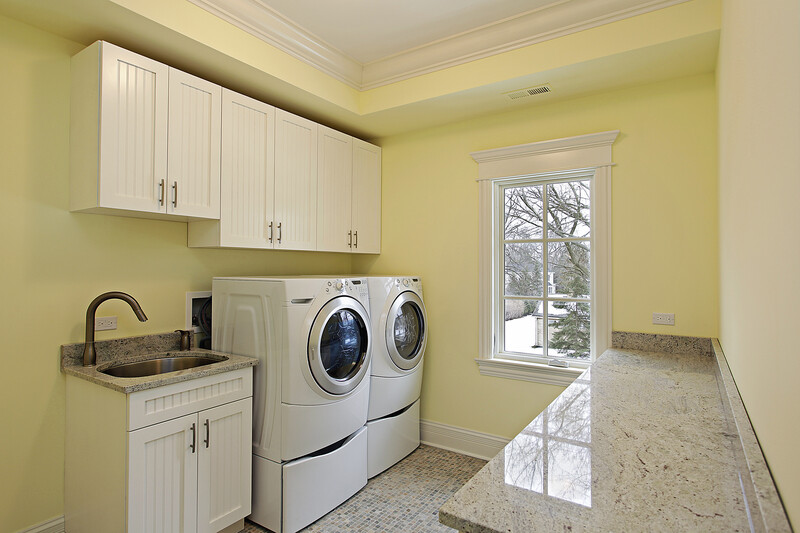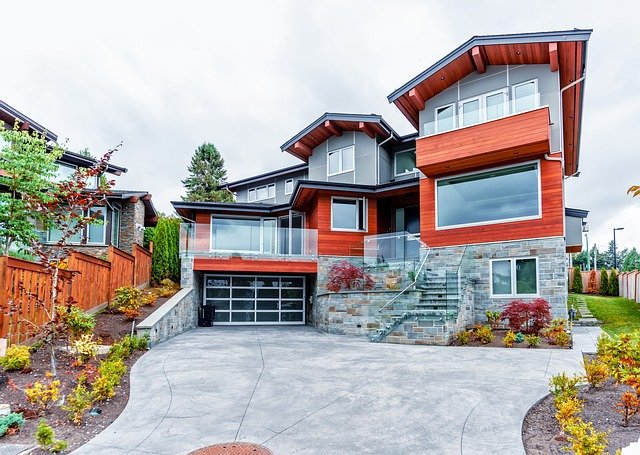Critical Tips For A Successful Laundry Room Remodel
Laundry rooms seldom get the attention they need. This often leads to bleak spaces littered with problems. They are foul, dirty, and disorganized. Homeowners that are tired of this setup may wish to make changes. By improving the laundry area, their chores can be more pleasant. This project may be completed as a single task or as part of larger endeavor. If you are planning to renovate your laundry, then plan the whole thing carefully. Think of the following as you create your design and prepare for the changes ahead:
Ventilation
Doing laundry requires the use of water. Lots of it. The room is likely to be more humid than elsewhere in the house. It is essential for this space to have adequate ventilation so that moisture isn’t trapped. This will prevent the growth of mold and mildew. It will also keep the place dry and safe, instead of wet and slippery. You can stay inside washing and drying the clothes without feeling discomfort due to the humid air. If necessary, you may also use a standalone dehumidifier in this area.
Lighting
Most people do their laundry during the day while the sun is out. You can make use of sunlight to make the space bright enough for work. If the window is too small, then consider making it wider. Ask your contractor if this is possible without creating problems for the structural integrity. Of course, you should also install ample artificial lights in case you need to do chores late such as after work. Aim for even lighting using multiple recessed lights or similar fixtures. If the laundry has a sink, then place a task light overhead.
Layout
Take measurements around the room for proper layout planning. Get the height, length, and width of the floor. Measure the same things for your sink, your washer, your dryer, your cabinets, and other things that you would like to place inside. Laundry rooms are usually small so you need to make the most of every square inch. The arrangement should also make logical sense given the way that you go about your tasks.
Storage
Provide the room with ample storage for detergents, soaps, and other cleaning agents. Some people use the laundry as the storage area for other cleaning equipment for other rooms in the house, thus requiring more shelves and cabinets. Think about how these can all fit inside. Maximize the walls for vertical storage. Make sure that there is ample space for your hampers containing dirty clothes.
Soundproofing
Washing machines can make loud noises as they spin. The laundry should be far away from bedrooms so as not to disturb anyone who might be resting. If it cannot be avoided, then try to provide soundproofing for the walls in between. The machines may also be placed in in sound-dampening platforms to minimize the noise. The weight should be distributed evenly to prevent wobbling.
Safety
Landry rooms that depend on gas to power the dryer are prone to safety issues. Make sure to get a reputable contractor that knows how to handle the installations. They can set everything up with special attention to safety precautions. They must install the dryer vent correctly and keep this clean to avoid fires. As for electric-powered equipment, correct installation can prevent shocks. Keeping the room dry is also part of the safety measures since it avoids dangerous slips and falls.
Efficiency
Since you are renovating the laundry, why not purchase modern equipment as well? Retire your old machines and get new models for a fresh start. Recently released washing machines and dryers have higher energy efficiency compared to older ones. They can save you money while helping the environment thanks to lower energy consumption. Just look for the Energy Star label to find high efficiency options. Consider the capacity of each unit as well. A machine that can accommodate a bigger load will let you finish the job fast, while a smaller unit may require multiple loading.
Flooring
The floor of the laundry area will frequently get splashes of water. You need to get a flooring material that is resistant to moisture. Wood can get soaked and become slippery. It is better to use porcelain tiles, ceramic tiles, and concrete floors. If you have a limited budget, then consider sheet vinyl or luxury vinyl. These will resist moisture and last for a long time. Make sure to install a drain so that excess water can flow out instead of flooding the area. The contractor will find the optimal spot for this.

